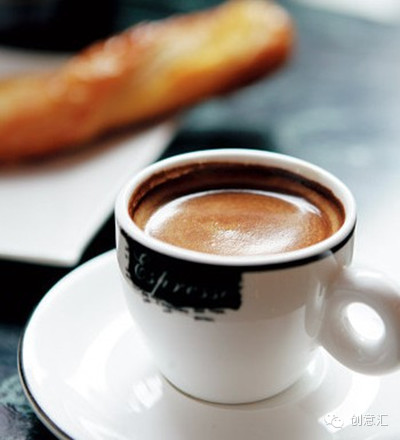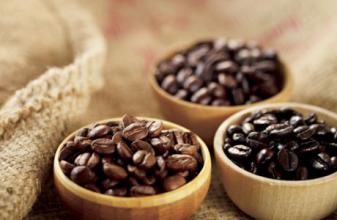About coffee cup coffee etiquette about coffee with milk mug latte cappuccino cup
About coffee cups.
Almost every traditional espresso has its own cup. Espresso and Espresso Macchiato use thick-walled, heavy Demitasse cups and plates; cappuccinos, with thick-walled, heavy, 6-ounce cups and plates; mocha, with sturdy mugs; lattes, with 12-to 16-ounce glasses or bowls; and lattes, with 8-or 10-ounce glasses.
About coffee with milk
Arabian Peninsula residents are the earliest coffee drinkers on record, initially drinking unsweetened black coffee, just with some spices. There is evidence that the Egyptians were the first to add sugar to coffee, around 1625, and the Egyptians designed a traditional Middle Eastern coffee extraction ceremony in which coffee powder and sugar were boiled in boiling water to make a sweet, syrup-like drink. The Egyptians did not think of adding milk to their sweet coffee. In 1660, the Dutch ambassador to China added milk to the coffee for the first time, but the practice was not promoted. What really makes coffee with milk a daily activity is Franz George Kolschitzky. The man opened the first coffee shop in Vienna in 1684. In order to attract guests from beer and wine, he invented the method of adding milk and honey to coffee, which was widely spread.

Important Notice :
前街咖啡 FrontStreet Coffee has moved to new addredd:
FrontStreet Coffee Address: 315,Donghua East Road,GuangZhou
Tel:020 38364473
- Prev

How to buy coffee beans How to choose coffee beans
When buying coffee beans, you need to communicate these questions with the clerk: 1. What kind of coffee equipment to use to brew coffee. It is best to tell the clerk which coffee brewing method you are using. In this way, the clerk can recommend the right coffee beans for you. In addition, perhaps you can also communicate with the staff about the experience of using it. 2. The coffee you like.
- Next

Another way to keep coffee warm is to place a heating device under the coffee container.
Coffee insulation from a practical point of view, in order to increase the fun of coffee drinkers, there is basically only one improvement in coffee utensils, that is, coffee insulation. It is very important to keep the coffee warm. The right temperature is very important, neither too high to scorch the coffee, nor too low to make the coffee half-cold and not hot, so that people do not have a sense of accomplishment. There are probably two ways to keep warm, one
Related
- How did the Salvadoran coffee industry develop in Central America?
- What exactly does the golden cup extraction of coffee mean?
- The Origin of Coffee flower
- [2023 Starbucks World Earth Day] there are more meaningful things besides free Starbucks coffee!
- What kind of coffee is there in Spain? 9 Flavors of Spanish Coffee
- Aromatic African coffee| Kenya's coffee culture and historical production area
- Liberica Coffee Bean knowledge: the characteristics of Liberian Coffee beans of the three original species of Coffee beans
- The origin and formula of Spanish latte introduces the taste characteristics of Bombon coffee in Valencia, Spain.
- How to adjust the solution of over-extracted coffee
- What is the tasting period of coffee beans? What is the period of coffee and beans? How should coffee wake up and raise beans?

